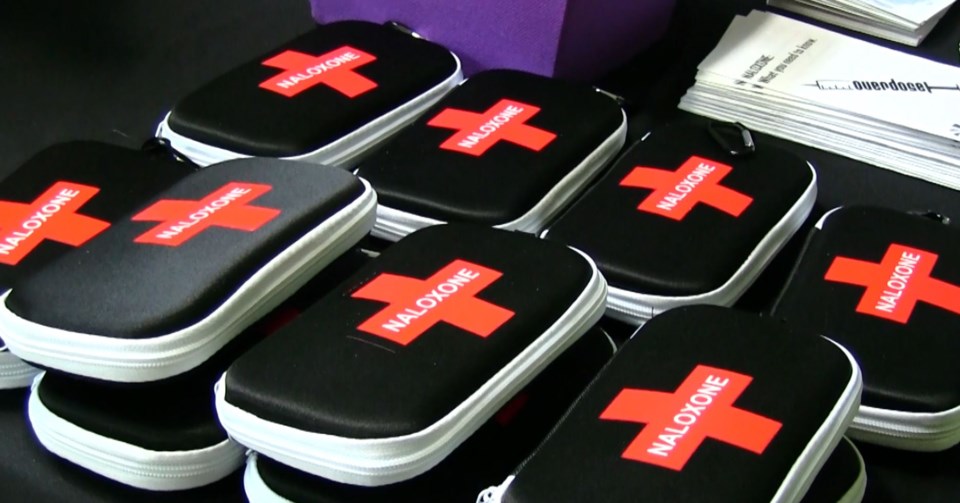The Community Drug Strategy (CDS) for the City of Greater Sudbury has received reports of a higher number of suspected opioid overdoses in the past 48 hours and a more potent drug supply circulating within Greater Sudbury.
While the substance that has caused the overdoses has not been confirmed, this situation serves as an important reminder to the community that street drugs may be cut or mixed with substances such as benzos, fentanyl, or carfentanil, and that even a very small amount of these substances can cause an overdose, said a press release from Public Health Sudbury and Districts.
An overdose occurs when a person uses more of a substance, or combination of substances, than their body can handle. As a consequence, the brain is unable to control basic life functions. The person might pass out, stop breathing or experience a seizure. Overdoses can be fatal.
Prevent opioid overdose/save lives:
- Avoid mixing drugs, including prescribed, over the counter, and illegal drugs.
- Avoid drinking alcohol while using other drugs.
- Use caution when switching substances: start with a lower dose than you usually would.
- If you have not used in a while, start with a lower dose. Your tolerance may be lower.
- Avoid using drugs when you are alone.
- Carry a naloxone kit.
- Call 911 if you suspect an overdose.
Overdose symptoms include:
- Fingernails and lips turn blue or purplish black
- Skin turns bluish purple, grayish or ashen depending on skin tone
- Dizziness and confusion
- The person can’t be woken up
- Choking, gurgling or snoring sounds
- Slow, weak or no breathing
- Drowsiness or difficulty staying awake
Benzodiazepines (Benzos) toxicity/overdose may last for hours and look like:
- Extreme sleepiness or passing out
- Poor balance and movement control
- Slurred speech
- Blackouts and memory loss
Benzodiazepines (Benzos) can be powerful sedatives also known as etizolam, Valium, Xanax, Ativan, clonazepam, Xylazine. Benzo toxicity on top of an opioid overdose might make a person unconscious for a long time. Benzos and opioids when taken together increase the risk of overdose and death.
How to respond to opioid overdose and benzo toxicity:
- GIVE NALOXONE. This will help reverse the opioid overdose. This may improve breathing, but the person may not regain consciousness due to sedation from benzos.
- Call 911 to get medical help and keep monitoring their breathing.
